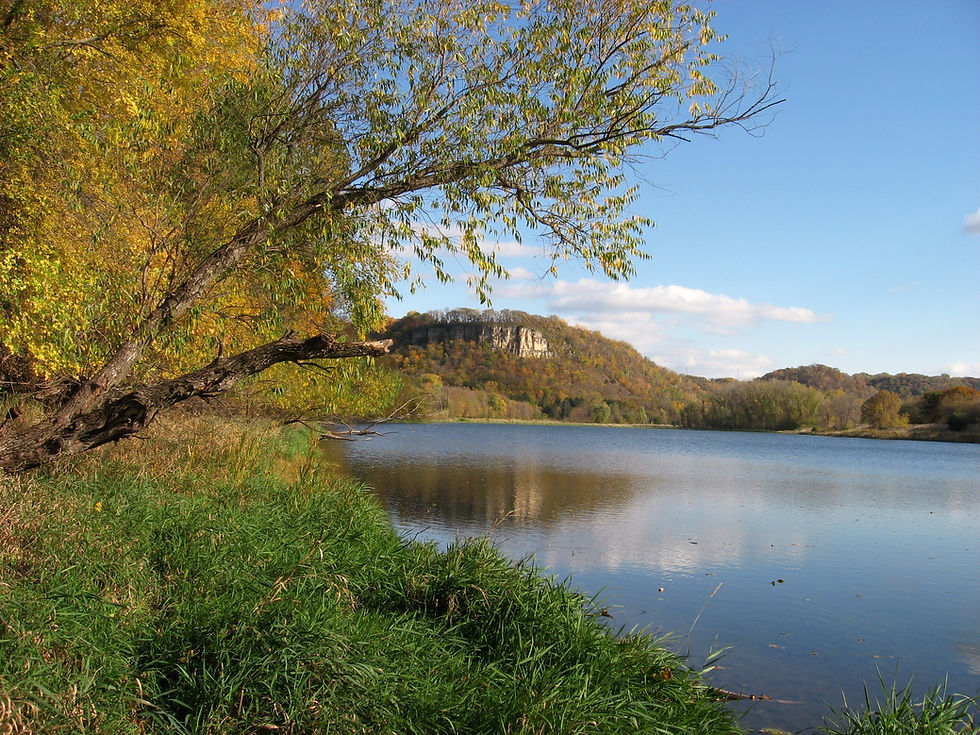Wacouta Prairie Prescribed Burn Successful
- wacoutanaturenotes
- May 22
- 2 min read

As I have mentioned in previous posts, the best way to maintain prairie habitat in our area is with the use of fire.
In the morning of May 9th, the Prairie Restoration Company arrived to conduct the planned burn of a section of the Wacouta Prairie. At the time of their arrival, there was a breeze blowing from the south. This meant that smoke from the fire would impact folks living along Lakeview Avenue.
As if by some sort of magic, at 9:30 am the wind shifted to the northwest allowing the staff to start the fire.

Prairie Restorations is a company who for 40 years has helped private individuals and non-profit organizations across Minnesota develop healthy prairies and landscapes.
In recent years, they have expanded their services to restoring wetlands, woodlands and shoreline communities.

Throughout the burn, staff was consistently traveling along the edge of the fire to look for potential concerns.

This photo shows the last portion of the prairie to be burned.
The reasons these fires are so necessary for maintaining a healthy prairie are many. Fire retards woody plants, removes thatch, and stimulates microbial activity, aiding in nutrient cycling.

Within three days of the fire, numerous green plants were appearing.

Pocket gophers are very helpful in efforts to restore prairies.
These gophers do this by their extensive burrowing which mix the soil and bring important nutrients to the surface. The net result creates habitats for a diversity of prairie inhabitants.

These lupines along with several other somehow evaded the fire.

On May 10th, we had a respectable number of Baltimore orioles arrive at our jelly and nectar feeders. When they were not at the food source, they spent a good deal of time in our blooming crab apple tree.

After the soaking rains of May 20-21, a nice gathering of Baltimore Orioles found their way to our grape jelly feeder. Kathy counted 15 at once all feasting once the rain let up.

The photos of these rarely observed woodcock chicks were taken by our neighbor Steve Betcher. He observed these newly hatched chicks along the trail directly below Rattlesnake Bluff.
As he approached them, the adult flew a short distance into the woods. These chicks are precocial, meaning they are capable of leaving the nest within a couple hours of hatching.





Another enjoyable article Bruce, I like that your friends and neighbors also are involved.